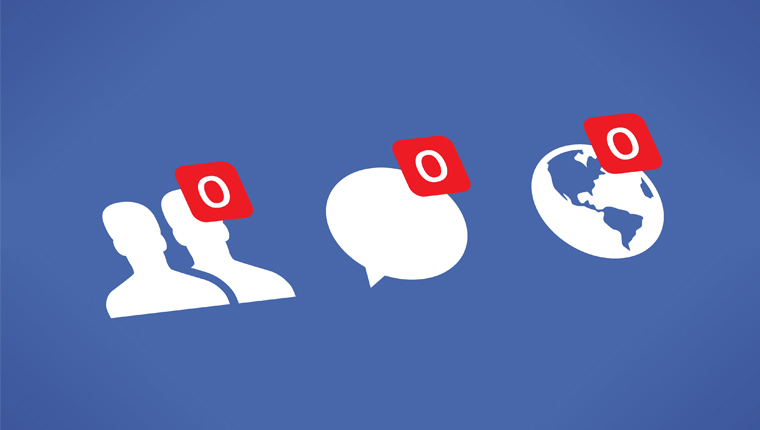Blogger Spotlight: Clare Minall, Mudpie Fridays
Mudpie Fridays is a new addition to the Top 10 Mummy Blog ranking. Written by Clare Minall, Mudpie Fridays features the adventures of Clare’s family featuring her two boys, Monkey and Kipper, as she strives to find a harmonious work/life balance. We spoke to Clare about the differences between mummy and dad blogs, being in the community and working productively with PRs and brands.
What makes your blog successful?
First and foremost, hard work! If I had realised how much work goes into running a blog and associated social media following, I probably would never have started. I spend most evenings working on Mudpie Fridays in some capacity. Don’t get me wrong, if I didn’t totally love it then I wouldn’t. I am also very blessed that my husband picks up a fair amount of the slack.
Secondly, honesty on all levels. My readers know that what they see is what they get. The house may be a mess. There are days when, as much as my kids are my universe, between them they have pushed every conceivable button and all I want to do is have some time alone. By writing about the good, the bad and the downright ugly elements of parenting, I hope to connect with other parents on this emotional rollercoaster that we are on.
Why did you start your blog?
After falling pregnant easily with Monkey, second time round we really struggled. Losing several babies in-between. Mudpie Fridays gave me an element of control in a time when I was struggling to come to terms with the fact we would probably not have any more children. The miscarriages made me want to document my days with Monkey even more. It started with an online diary of our adventures and has become so much more. Including documenting my final pregnancy with Kipper.
How are mummy blogs different from dad blogs?
I love dad blogs as much as I love mummy blogs. Often reading along smiling as I imagine my husband thinking and doing similar. Yet they are different to mummy blogs. In my experience mummy blogs are a lot more emotional and empathetic. And as a result, they connect with their readers at this level. They tend to share more craft ideas, sensory play, recipe posts and emotional ramblings. We should embrace the differences between the two. After all, we are all one big parenting community that should support each other on our individual journeys.
What’s it like to be part of the mummy blogging community?
When I first discovered the community, it was like someone turning on a light. I had no idea that such a community existed and it’s still a little surreal. Being part of it is like being in a private club. Many of my non-blogger friends don’t really get why I may get excited by the reach of a social post. Or how proud you feel when someone reaches out to you to tell you that your post has helped them. Or when the brand of your dreams gets in contact about a potential collaboration. The community gets it, they live it with you. I can honestly say I have met some wonderful friends through the community. But my story is no different to many other bloggers who have made the same friendships.
How do you plan content with the kids?
Monkey is now almost six so he will get asked if he wants to be involved in collaborations, day trips and even holidays. Ultimately, he gets the choice. Although he’s not planning content yet he does like to have his say on little videos. He often tells me how he thinks I should take the picture too.
How do you feel about your kids growing up and reading the blog? (Are there any posts you DON’T want them reading?)
No, there is nothing in the blog that I wouldn’t want the kids to read. I have been consciously aware of this from day one. I expect as they get older they will want to be less involved. Thankfully, at almost 6 and almost 2 there are hopefully many years ahead. Yet when they hit their tweens this may start to change. I have already had the discussion with Monkey around taking photos. He decides if he wants me to take it or if he’s having a day when he doesn’t want to be in front of the camera. I have no plans to change this. By being involved early I hope they will feel an element of control around the content and love recording our family memories as much as I do.
What’s your favourite collaboration with a brand or PR?
This is a tough one! We have been fortunate enough to have some fantastic opportunities and holidays. Although if I can only choose one then it would have to be working on the Discovery Adventures with Land Rover. We were gifted a Land Rover Discovery for a weekend adventuring in Cheddar Gorge. The reason it’s my favourite is that I will never forget my husband’s sense of satisfaction driving said car and Monkey’s pure excitement about being able to see over the hedges. It was the moment my husband finally ‘got it’.
Having never visited Cheddar Gorge before, we were blown away by the scenery and had a brilliant weekend exploring the caves in the lap of luxury. We would never had done this if it wasn’t for the blog. The special memories created by time together as a family are what I hold dearest and the collaborations that mean the most.
What should PRs know when contacting you?
I much prefer to work in partnership for a common goal rather than a relationship of provider/supplier. I would like the PR to have read my blog and understand a bit of what we are about. I have worked with some wonderfully professional PRs who genuinely care about the boys. For me it’s also about the relationship. As well as the blog I also work in the corporate world, as a strategic account manager in the finance sector. My job is all about helping small businesses reach their goals. With my skill set I can help the PR companies meet theirs.
What do you call yourself (blogger/content creator/influencer)?
Micro Influencer because that’s what we do. We create content which ultimately is aimed at influencing the reader in one way or another. Predominately looking for an emotional response or physical response to a blog post or social media message. That response is either to ‘feel’ or ‘do’ something. Something that is likely already in mind when writing the content.
What other blogs do you read?
There are so many that I read now it’s hard to pick only a couple. I couldn’t tell you the last time I read a fiction book! My favourites have got to be Laura at Five Little Doves, her posts quite often move me to tears! Laura at Dear Bear and Beany, whose girls are a similar age to my boys. Having always wanted a little girl I love to read about their adventures and draw similarities between our kids. And in case that sounds a little stalker-ish we are good friends too! Finally, Bridget at Bridie By The Sea, based in Brighton; she is an inspiration to all who want to embark on a new career!
Clare Minall and Mudpie Fridays are both listed on the Vuelio Influencer Database along with thousands of other leading bloggers, journalists and editors.




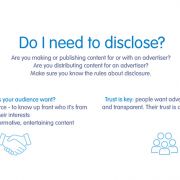
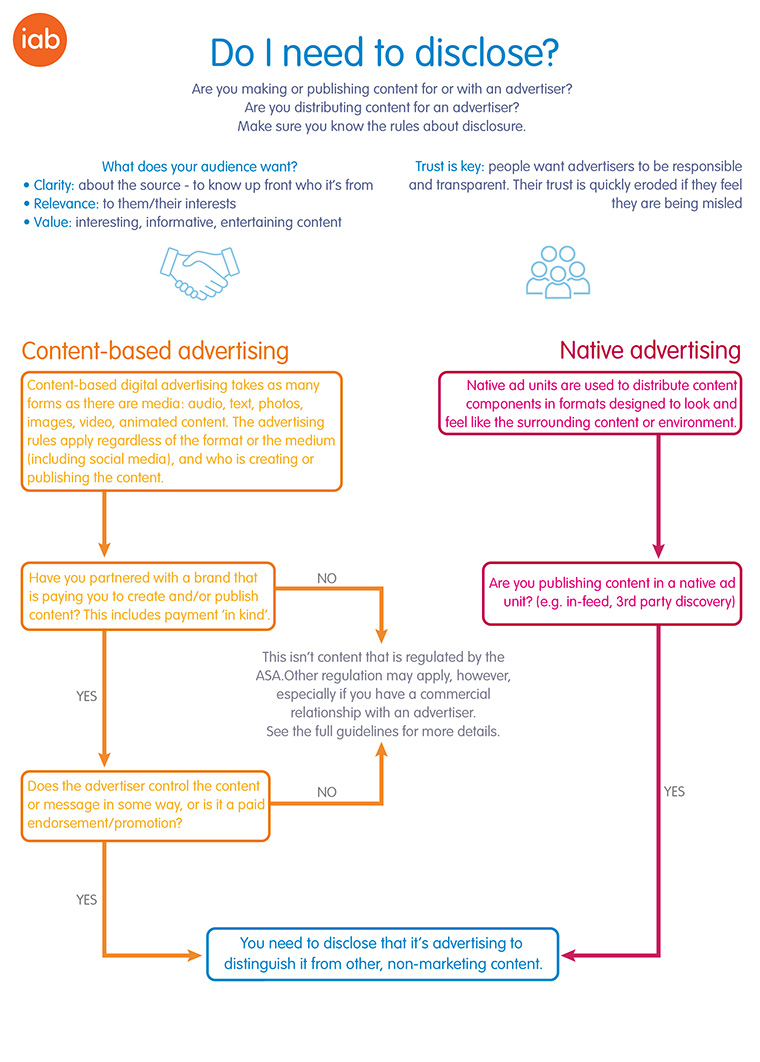
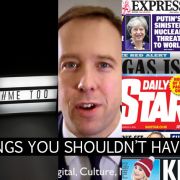

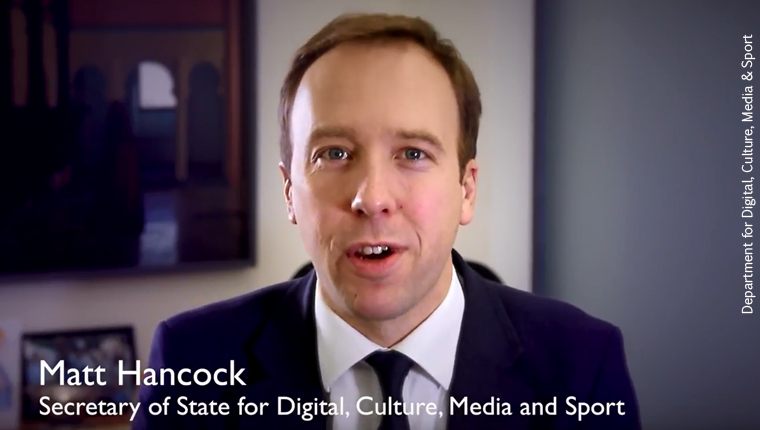
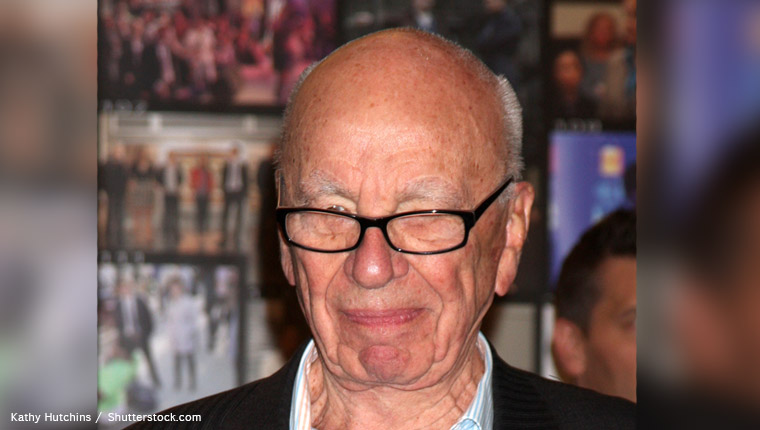
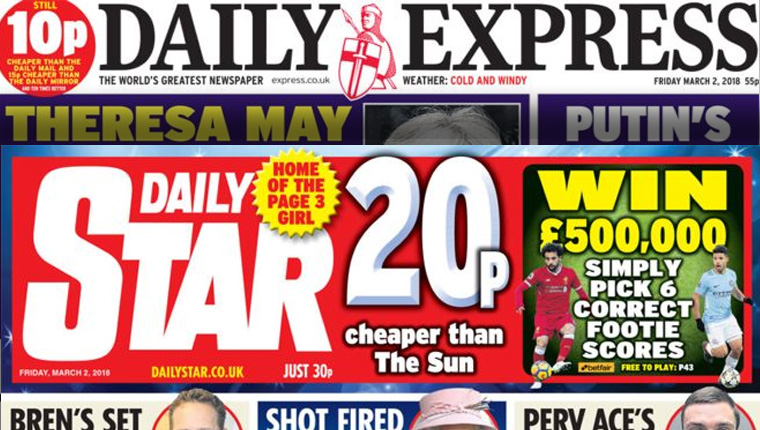



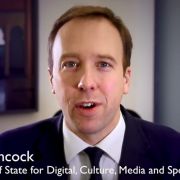




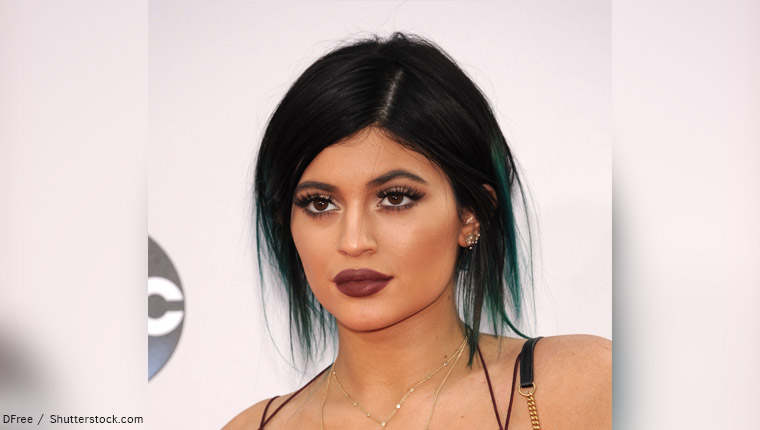
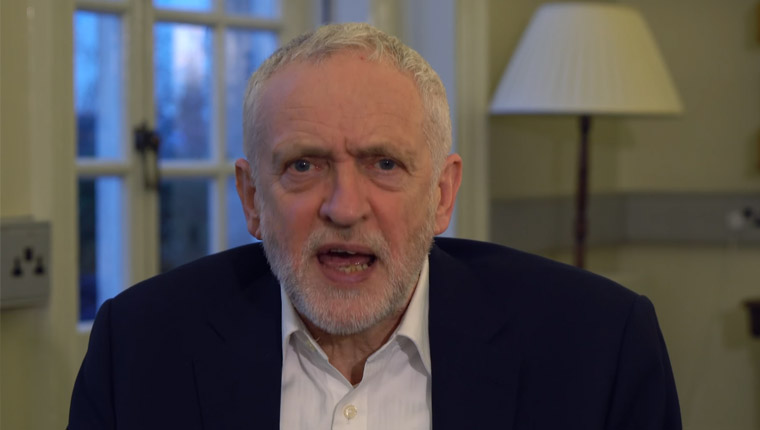

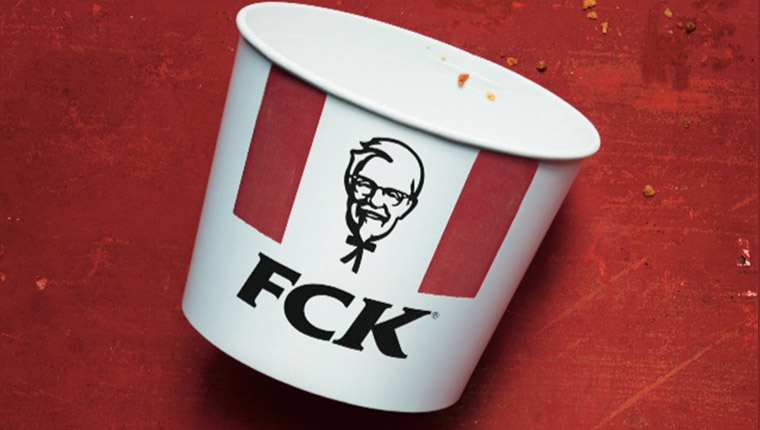










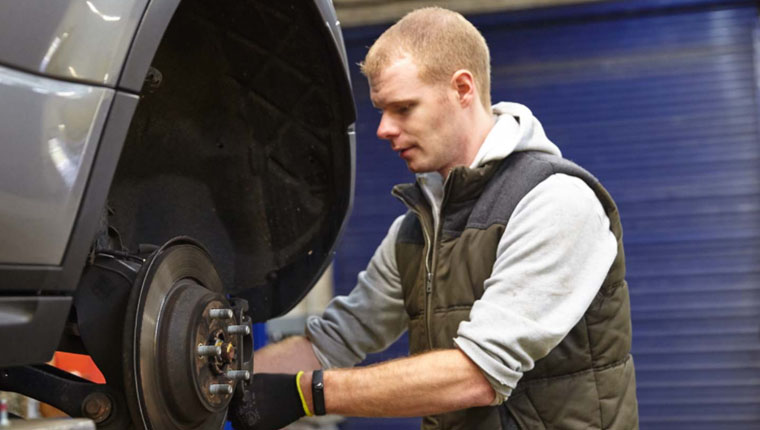


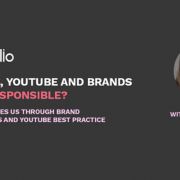


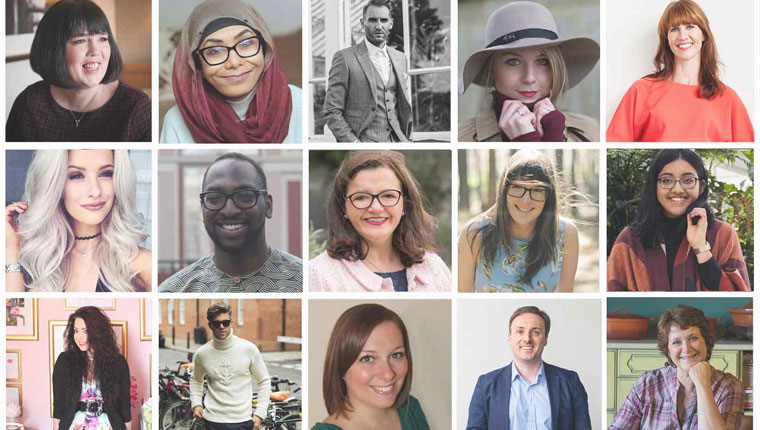
 The world’s second biggest marketing spender, Unilever, has
The world’s second biggest marketing spender, Unilever, has  Ogilvy PR and other ‘sub brands’ of Ogilvy are likely to disappear in the UK as the company follows the agency’s global approach of consolidating into a single, branded, integrated operating company.
Ogilvy PR and other ‘sub brands’ of Ogilvy are likely to disappear in the UK as the company follows the agency’s global approach of consolidating into a single, branded, integrated operating company.  Max Mosley’s lawyers are attempting to use data protection laws to stop the press from talking about his past or accusing him of controlling government-back regulator IMPRESS. The papers, especially The Times and Daily Mail, have run negative stories this week and are concerned about being censored.
Max Mosley’s lawyers are attempting to use data protection laws to stop the press from talking about his past or accusing him of controlling government-back regulator IMPRESS. The papers, especially The Times and Daily Mail, have run negative stories this week and are concerned about being censored. Google has
Google has 


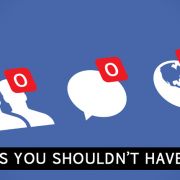

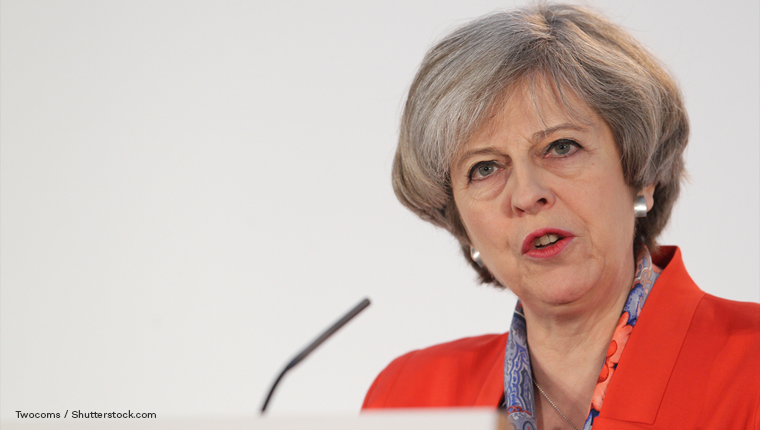 The Prime Minister has announced a review into the sustainability of the press. A panel of experts will be looking at the health of the newspaper industry, how it is being affected by a decline in print circulations, funding models for printing, and how the industry is being impacted by Google and Facebook. The
The Prime Minister has announced a review into the sustainability of the press. A panel of experts will be looking at the health of the newspaper industry, how it is being affected by a decline in print circulations, funding models for printing, and how the industry is being impacted by Google and Facebook. The 